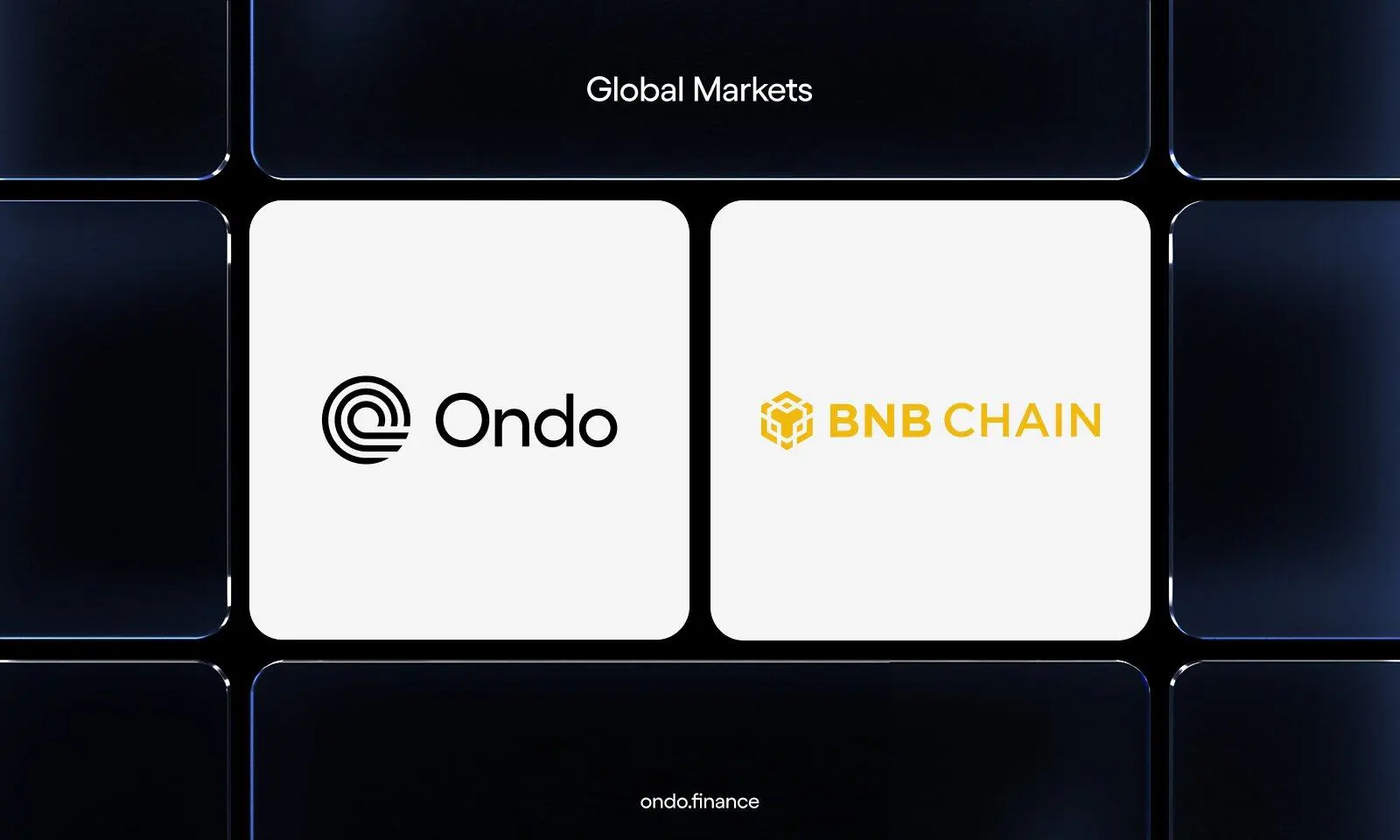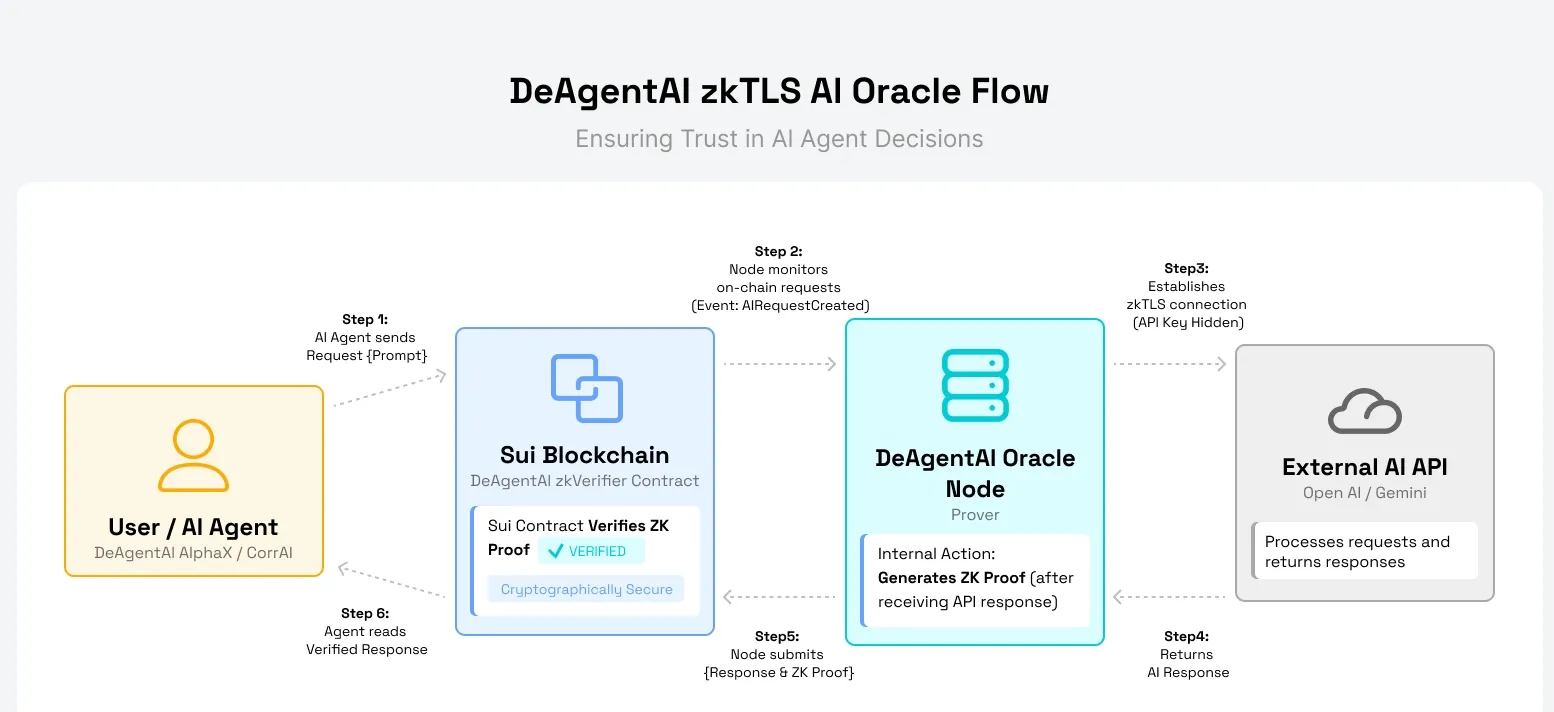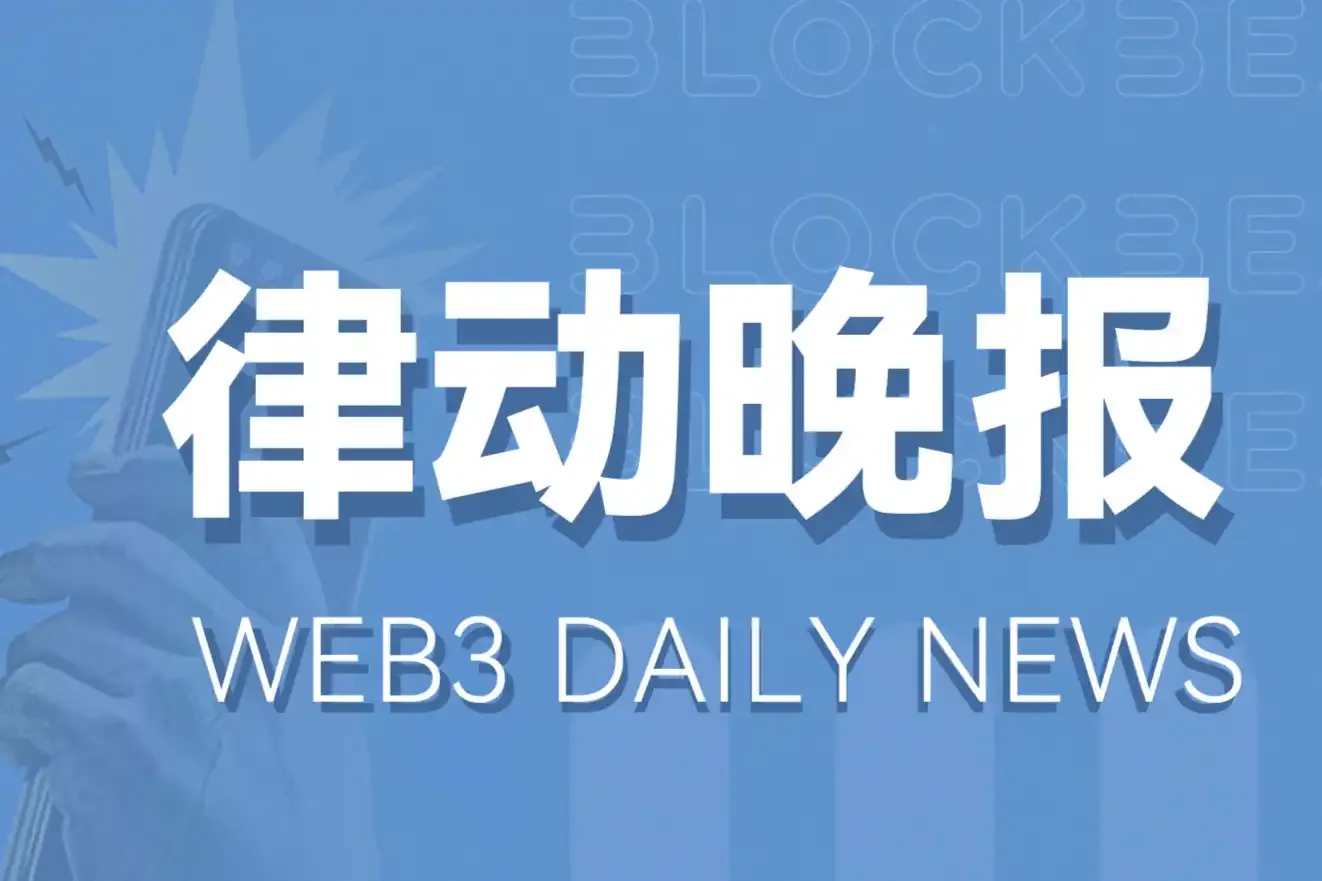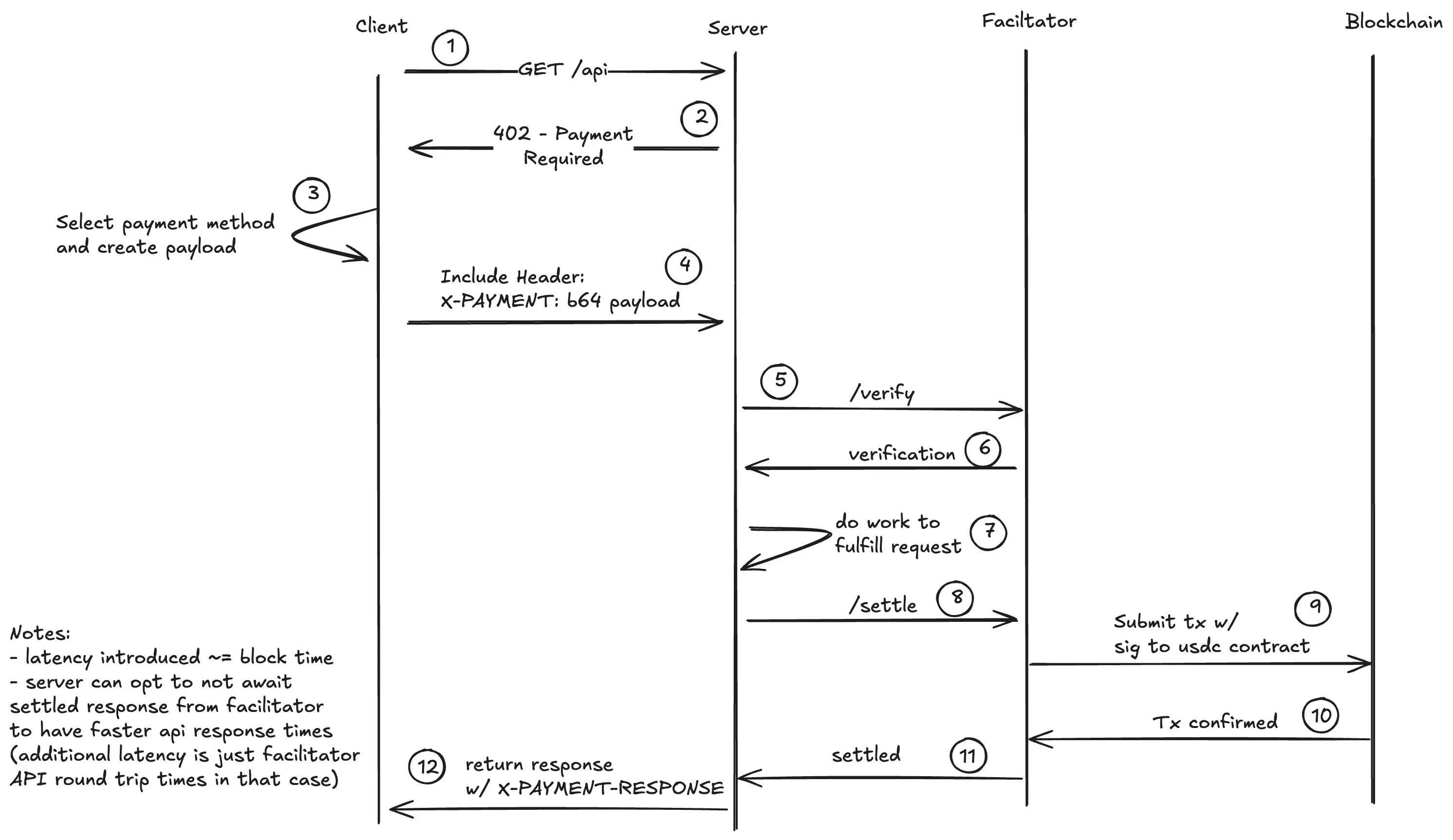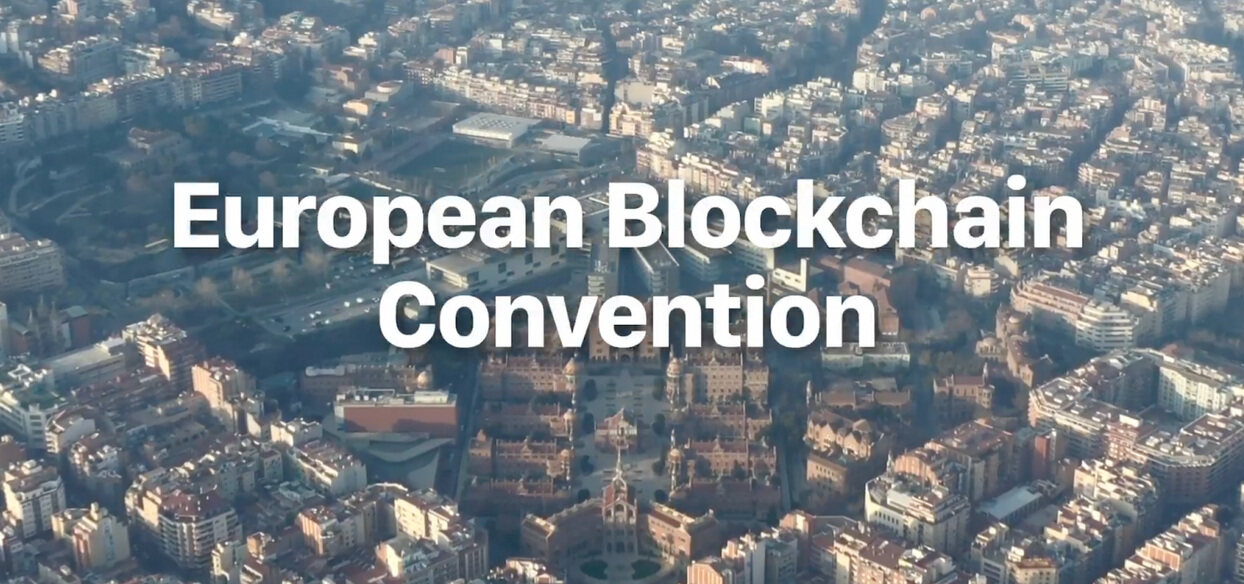
In October, Barcelona still bathes in the soft light of the Mediterranean.
Two years ago, in the same city and at the same conference, regulation was a call to action. That was the 2023 European Blockchain Convention (EBC) — a moment filled with unease and self-doubt. The shadow of FTX's bankruptcy had not yet dissipated, and the aftermath of failures like Luna and Celsius lingered. On the stage in Barcelona, bankers and crypto fundamentalists sat together for the first time, cautious yet united in a single sentiment: "We need rules."
That year, regulation was a "topic"; two years later, it has become a "premise."
As I walked into the EBC venue in 2025, the scene felt almost unfamiliar. The number of attendees had swollen from 2,500 to 6,000; the crowd had also subtly changed — it was no longer just hoodie-clad entrepreneurs, but more suited asset managers and institutional representatives, with rationality and professionalism permeating every corner of the venue.
This year's conference felt more like an "institutional revolution." It was neither the demise of the old order nor a celebration of a new world, but a quiet shift in consensus — from ideals to governance, from slogans to structures, from passion to rationality.
In the past 48 hours of interviews, I encountered different faces representing the European spirit:
They interpreted the same theme in their own diverse languages —
In a world that worships speed, Europe has chosen rational development under new regulations.
1. Crypto Lawyer — Fish or Bear Paw?
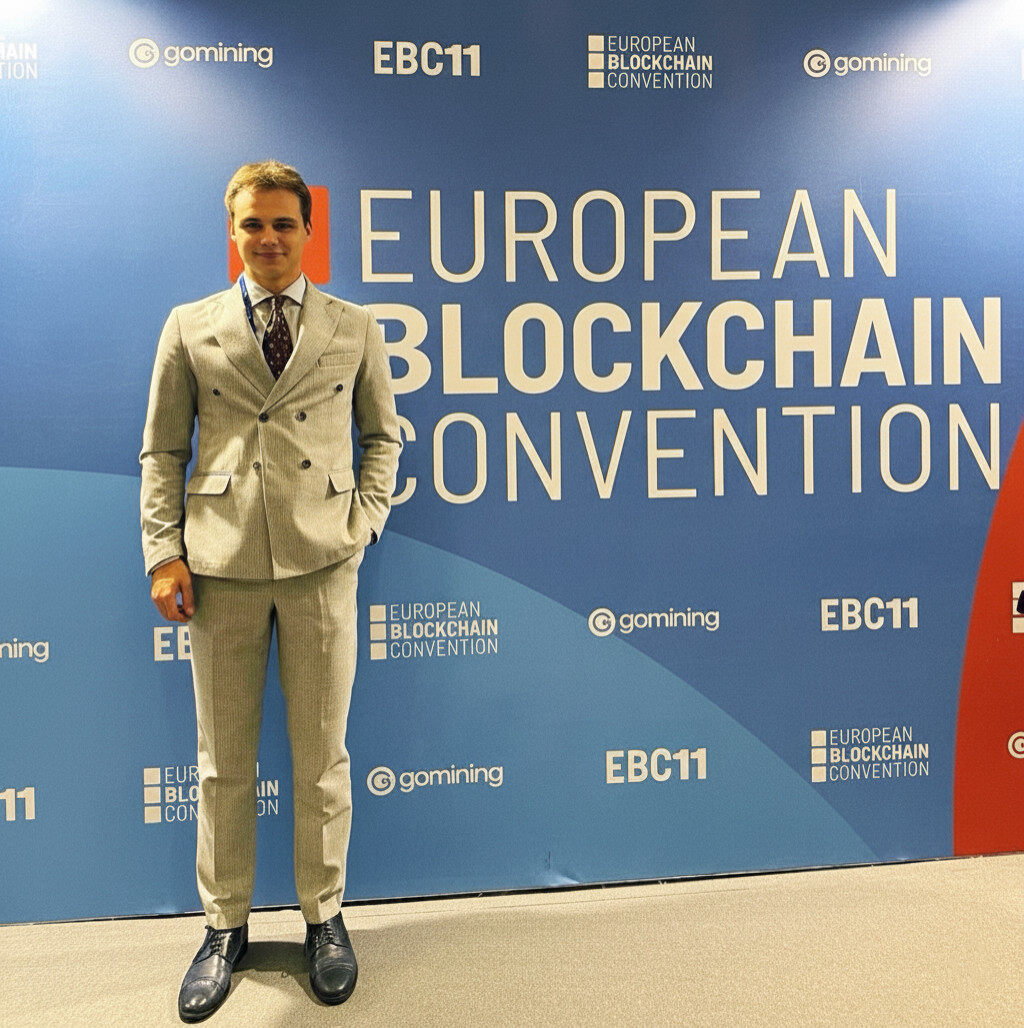
Description: Nikita Prokopenko photographed at the European Blockchain 2025 conference.
In the EBC 2025 on-site discussion area, I met my first pre-scheduled interviewee: Nikita Prokopenko, a cryptocurrency lawyer from Italy, dressed in a sharp light gray suit, with a gentle tone, sharp words like all the excellent lawyers in Netflix dramas. His opening statement was concise yet profound:
"Regulation is not handcuffs, but a new map."
In that moment, I knew this conversation would not be dull.
On this map, each jurisdiction has its own costs. "In the cryptocurrency field, you face a dilemma." He gestured, "On one hand, places like Dubai have very low taxes — zero property tax, five percent VAT, but the licensing process is hellish, long, and costly; on the other hand, you can choose a jurisdiction with a simpler process, where you can get a license in three months, but the taxes will be higher."
It's a choice between fish and bear paw.
When I asked about the current state of license applications in Europe, he provided the following numbers: "Obtaining a license in Europe typically requires 300 hours of work. Since this process involves multiple legal teams and collaboration between different companies, it usually takes 2 to 3 months to complete, and the specific costs depend on the complexity of the project — how many types of business activities do you need? How many countries do you want to cover? How much of a customer base do you already have?"
Discussing the differences among European countries, Nikita seemed quite experienced: "For example, applying for a license in the Czech Republic is much more straightforward than in the Netherlands. The regulatory body in the Netherlands is more complex, so the process is more difficult."
Is Malta Still a Crypto Paradise?
Our conversation shifted to Malta — once known as a "crypto paradise." "Malta has issued five different cryptocurrency licenses, and several well-known institutions have obtained licenses there. The process is indeed simple and direct.
But the cost of simplicity is limitation. "The problem is that almost no clients are willing to actually move their business there. It's just a small island not far from Italy, and in my view, there's not much to do, and no one wants to hold meetings there."
He paused, as if summarizing:
"The simpler the regulation, the more isolated the ecosystem."
If we divide the crypto world into "policy havens" and "business highlands," Malta clearly belongs to the former.
When I asked about the easiest places to obtain licenses globally, his answer was surprising: "Frankly, one of the easiest jurisdictions is Canada. Their MSB (Money Services Business) license gives you the right to operate in cryptocurrency." But he quickly added, "However, the taxes there are not the best."
Realism and True Value of MiCA
When the European MiCA (Markets in Crypto-Assets) regulatory framework was mentioned, Nikita's tone became noticeably serious. "To be frank, Europe is currently one of the most challenging jurisdictions."
He wrote down a few requirements on the interview paper: three directors, one of whom must be an EU resident; there must be teams for cybersecurity, operations, marketing, and complaint handling; "These must be real people, and you must have contracts with them — it can be an employment agreement or a B2B agreement, but you can't just say 'our personnel are not in place yet.'"
It sounds cumbersome, but clients do not complain. "Because once you obtain a license in Spain, it is valid across all 27 EU countries." He shrugged, "That's the benefit of the rules — once you qualify, you don't need to explain again."
Predictive Markets or Gray Predictions?
Regarding the currently popular predictive markets, he admitted this is a gray area: "Predictive markets like Polymarket have no direct regulations in cryptocurrency. It looks like gambling, which is tricky. MiCA has never directly mentioned it."
His judgment is: "It seems that as long as the platform does not hold assets or exchange cryptocurrencies, it can operate without a license. If it only allows people to bet on a decentralized Web3 platform, then no license is needed."
At the end of our conversation, Nikita summarized his view of the current regulatory environment: "The situation is very uncertain right now, and we need to wait for further comments from market regulators. But one thing is clear — the rules are becoming clearer, which is a good thing for the entire industry."
2. Exchange Executives — The New Crypto Continent and the Captain

Source: "Competitive Advantage of MiCA License in Customer Acquisition" panel discussion.
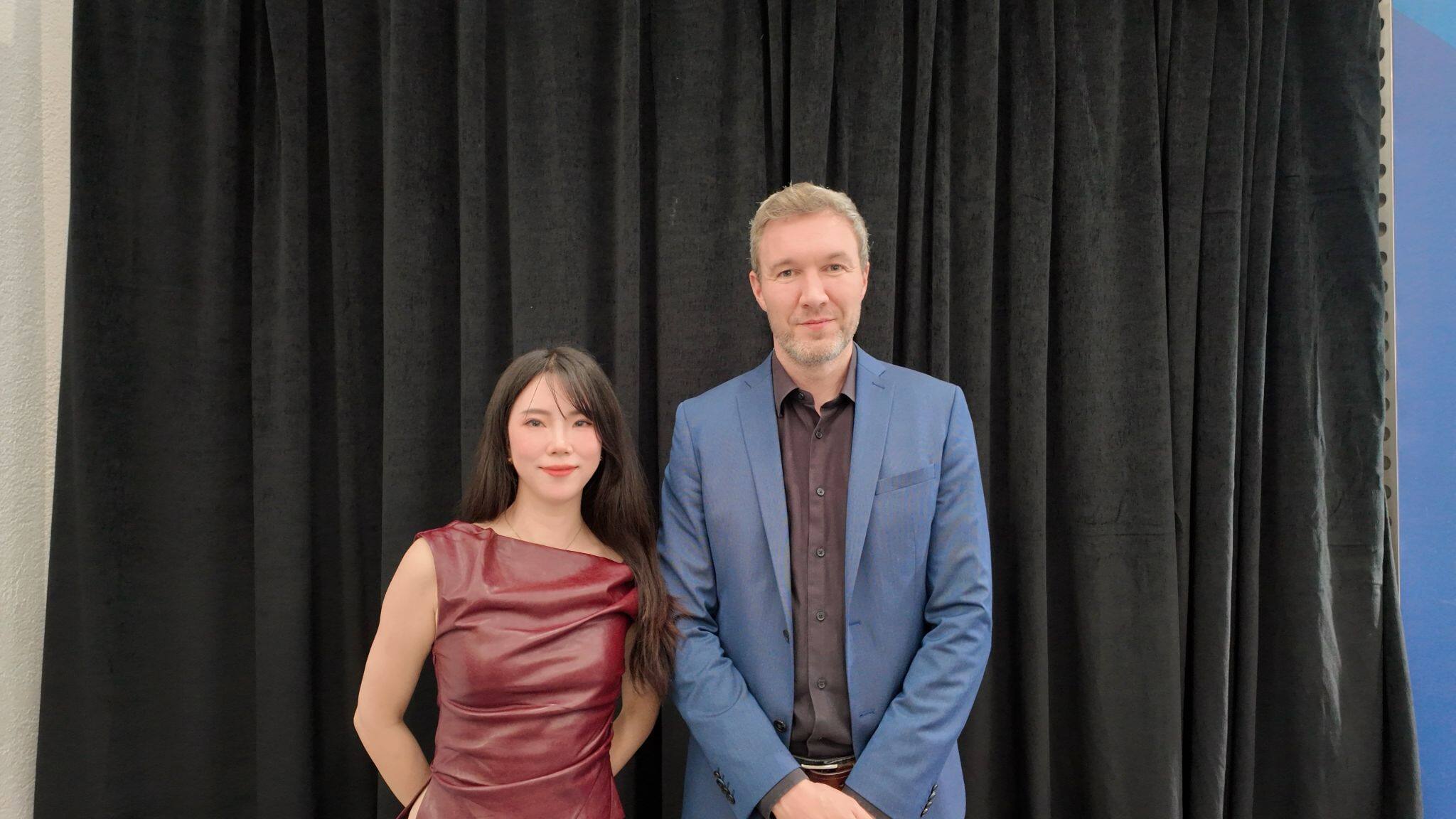
Description: Erald Ghoos (right) with the author Carine (left) at the venue.
As noon approached, the crowd at the venue noticeably increased. The sounds of voices, footsteps, and the low hum of the coffee machine blended together, forming the background noise of the crypto industry reality.
At a round table in the VIP area, I awaited my interview with Erald Ghoos — a special speaker at this conference, a veteran with twenty years of experience in the financial industry, currently the CEO of a leading exchange in Europe.
He was to discuss the localization of the European market and the logic of user trust.
Not far away, at a booth of a new exchange, several Asian employees were busy distributing gifts to those requesting souvenirs. Oversized yellow shopping bags swayed in the crowd, showcasing extreme and bold trading features:
“No KYC registration required, 400x leverage, quick entry.” Loud and eye-catching, like a visual metaphor for risk.
Why is the European Market the Age of Navigation for the New Crypto Continent?
“Speed is the super language of Asia, while trust is the underlying logic of the European market.”
Erald himself exudes a calm demeanor, like an experienced gentleman, unhurried, with a long-term understanding of the market evident in his words.
“Before MiCA, the European market resembled uncharted waters — adventurers navigated by intuition, seeking wealth through experience while bearing the risk of sinking,” Erald said.
“After MiCA was introduced, the routes were drawn on the map. We began to know which waters were safe and which storms were predictable.”
He described this transformation as making “trust begin to be priced.”
“Regulation makes risk quantifiable and behavior predictable, allowing institutional funds to truly enter.”
“Banks, insurance companies, asset management firms — they care about whether the rules are clear and the risks are transparent. After MiCA, uncertainty decreases, and capital naturally flows in.”
In his view, Europe is no longer a testing ground but a predictable and investable new crypto continent —
With clear routes, trust becomes currency.
On Localization in Europe and User Mindset: How to Build Trust?
Erald swiped through his phone screen, showcasing the multilingual interface of his app and local payment options, including the Netherlands' iDEAL, Belgium's Bancontact, Poland's BLIK, and the EU-wide SEPA.
“We collaborate with these local payment institutions to allow users to complete transactions within familiar systems,” he said, his tone steady, “When users can buy Bitcoin in the same way they buy coffee every day, that moment is when trust occurs.”
He mentioned that the company has publicly provided proof of reserves for several consecutive years and has obtained multiple financial licenses across the EU, planning to expand structured and leveraged products to meet institutional investors' needs.
Trust transitions from an abstract concept to concrete operations; the less friction there is in familiar paths, the more solid the trust becomes.
In his tone, product design and behavioral psychology were distilled into a business maxim:
In finance, what people trust most is the system they truly understand.
Summary of the European Market: Competition of Slow Variables
When discussing the pace of the European market, Erald deliberately slowed his speech.
“In the crypto industry, many believe that the moat is traffic or trading volume. But in Europe, the moat is trust,” Erald said.
He refers to this structural advantage as “competition of slow variables”:
Clarity of regulation, compliance habits, accumulation of trust — these may seem slow but are the hardest to replicate.
“You can launch an exchange in three months, but it takes three years to build brand trust in a country.”
What MiCA brings is not just rules, but a sustainable and reusable trust mechanism.
Within this framework, competitors are no longer racing for speed but for robust execution and long-term credibility.
I glanced toward the other side of the venue, where a yellow bag was still swaying in the air.
The noisy traffic and steady construction coexist in the same space —
It seems that between different institutions, beyond size and positioning, there is a division of strategy and values.
3. Standard Setters — Must Innovation Start from Scratch?
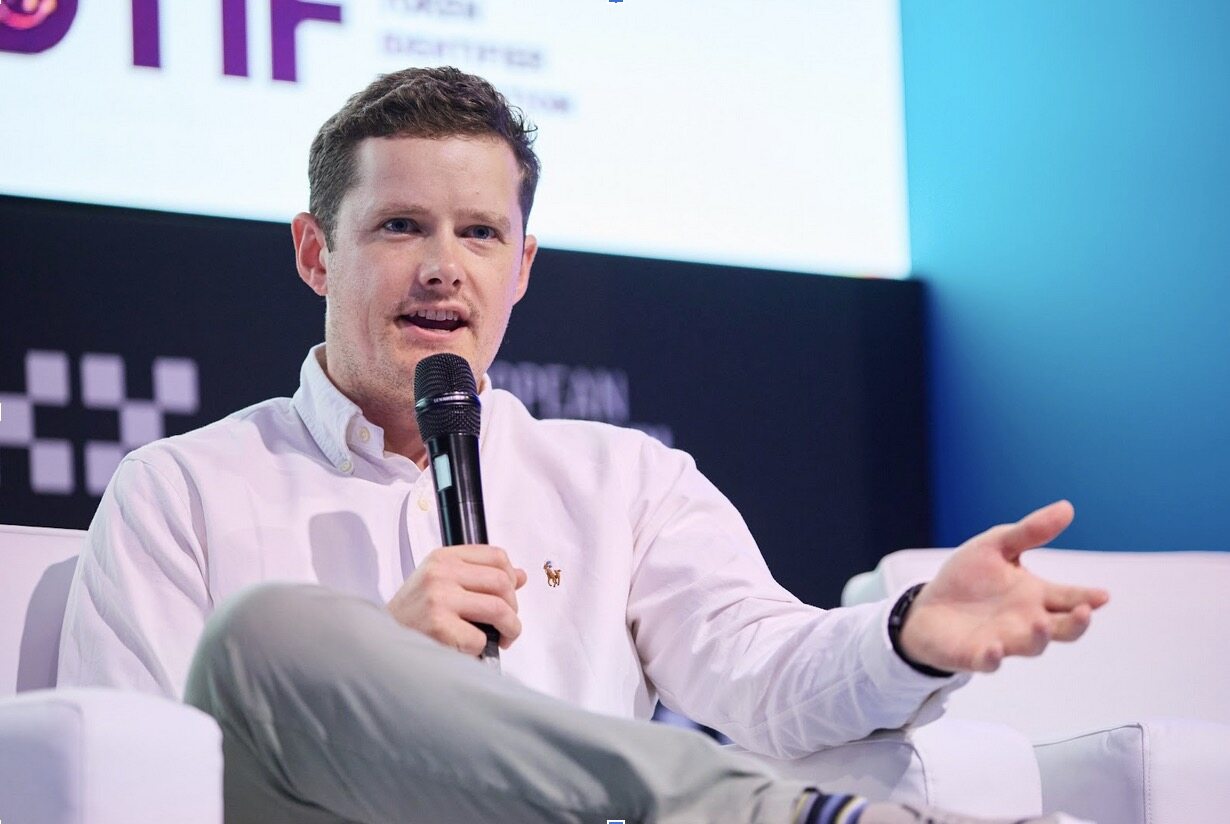
Description: Rowan Varrall representing the DTI Foundation at the roundtable forum.
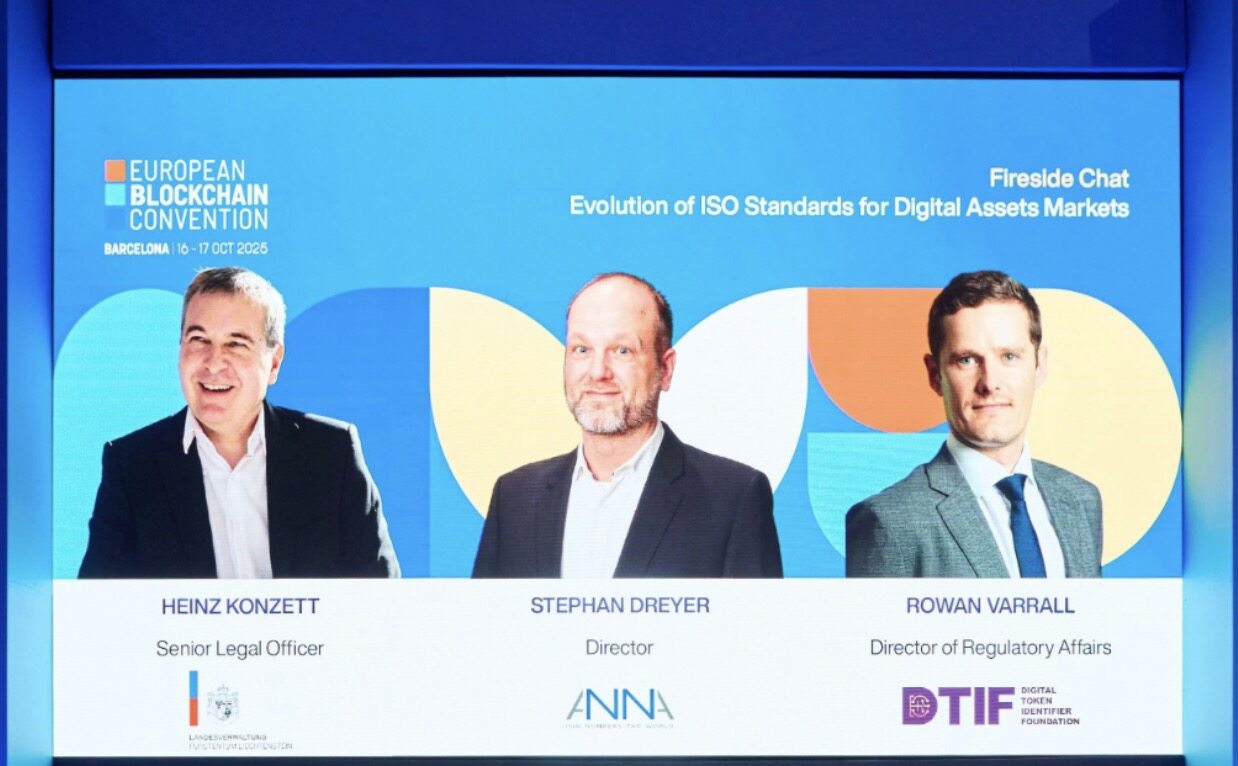
Source: "The Evolution of ISO Standards for Digital Asset Markets" roundtable forum.
“Success is not about creating new rules, but about enabling everyone to innovate within the same language system.”
In the afternoon, in a side hall of the main venue, I met my third interviewee — Rowan Varrall, Head of Regulatory Affairs at the Digital Token Identifier Foundation (DTI Foundation).
He had just come from a roundtable forum on "Digital Asset Regulation and Standardization," dressed in a dark gray suit, speaking steadily and logically — that tone of institutional confidence made it immediately clear that he belonged to that category of people who persuade the world with "logic."
(The DTI Foundation is the registration body for ISO 24165, the Digital Token Identifier (DTI) standard, which is currently recognized by the European Securities and Markets Authority (ESMA).)
Advice for Project Teams Before Entry
“The most common mistake is that project teams try to compete in areas where they don’t need to.”
Rowan said, “True success lies in innovating on a common data standard — that way, products and services can flow freely within the ecosystem.”
In his narrative, innovation does not mean disruption, but compatibility. Those seemingly cold universal data elements and message formats are actually the soil for innovation — a language that allows different systems and markets to communicate.
“If everyone uses the same vocabulary and data structure, then transaction, product, and regulatory information can be transmitted seamlessly across different markets.”
He paused for a moment, his tone calm: “True innovation is not about creating new shapes, but about whether you can make that shape communicate with the system.”
This sounds like the ultimate expression of European rationality: building on consensus rather than starting from scratch.
Will European Regulation Stifle Innovation?
When I asked whether European regulation "stifles innovation," he hardly hesitated: “Without regulation, you can’t do anything.”
He explained very straightforwardly —
“Any institution will ask itself before making a decision: Is this legal? Can I operate without being knocked on the door by regulators?”
Thus, the meaning of regulation is no longer constraint, but a guarantee of certainty.
“If there is a clear framework that eliminates ambiguity, it will actually bring investment.”
According to him, the regulatory approach in Europe stands in stark contrast to what we have seen in the U.S. until recently:
“Europe has pre-set clear boundaries and planned feasible paths for technological development, while the U.S. often reacts only after someone has crossed the line. However, we are seeing significant changes happening in the U.S. in this regard.”
What is the Future Order?
When discussing global projects entering the European market, his advice was very pragmatic:
“No matter which jurisdiction you are in, you can use industry standards to build new products — that is a globally accepted language.”
In his view, every transaction and every product is actually composed of components; if everyone describes these components using the same terminology, they can naturally connect across different regulatory systems and market boundaries.
“When everyone uses the same standard to describe transactions, assets, and data, the gap between regulation, institutions, and markets will narrow.”
He added softly: “At that time, the rules will no longer just be European rules, but a global language.”
Outside the venue, people were still passionately discussing “RWA,” “Tokenization,” and “AI Trading”;
From Rowan's perspective, the real future may be written in the standard documents — those calm words that define field lengths, data types, and validation logic.
4. Investors — The European Rhythm of the Crypto Market
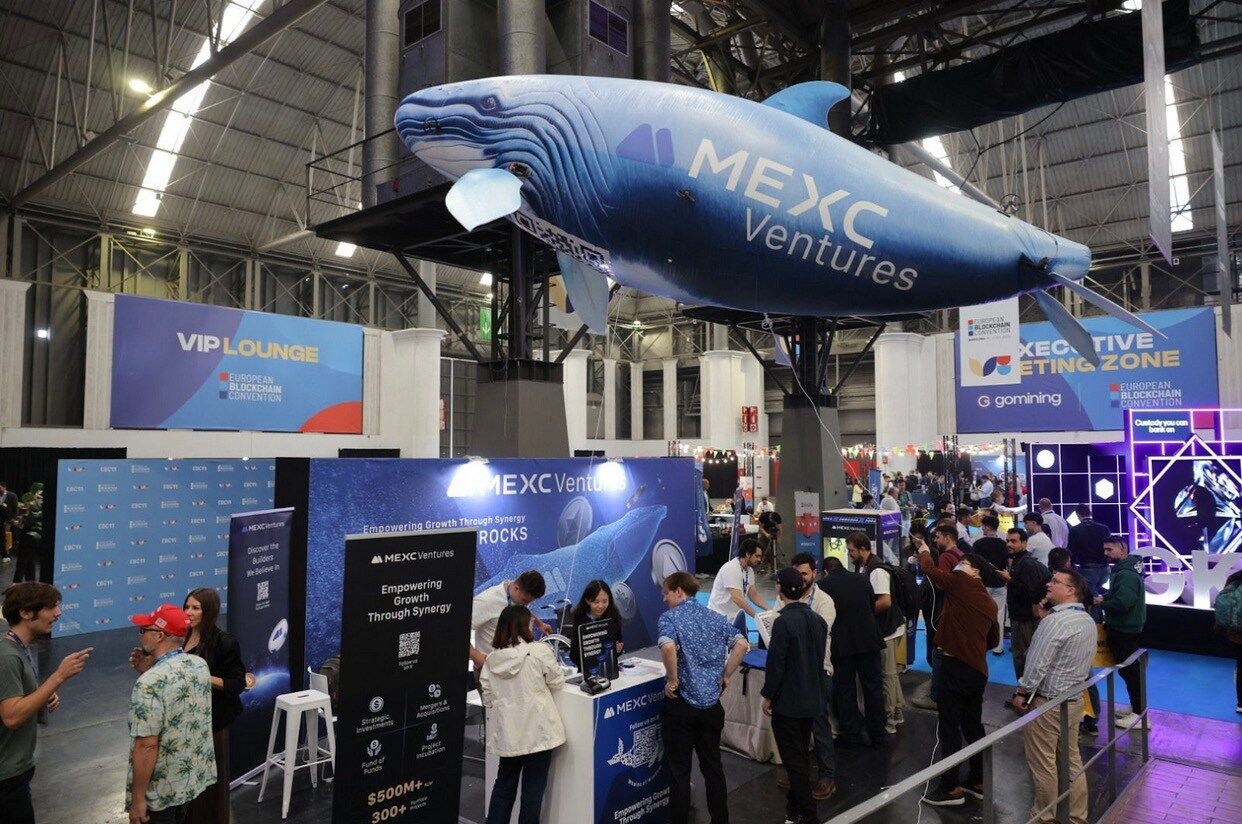
Source: Photographed at the European Blockchain 2025 conference.
On the last afternoon of the exhibition, the indoor atmosphere was still bustling.
I arrived at the Ventures booth of a well-known exchange — there stood a huge blue balloon shaped like a leaping whale, emblazoned with their institutional logo, reflecting metallic light under the illumination, attracting countless gazes.
Several representatives from startup teams were lining up for introductions. At that moment, I encountered their European team member Timul — an enthusiastic young European, engaging with project teams. He spoke quickly, with a genuine smile, exuding a unique “crypto vibe.”
I asked him, “What do you pay the most attention to when looking at European projects?”
He thought for a moment, not mentioning valuation, token structure, or funding amounts, but directly answered: “Community.”
“Community?”
“Yes,” he nodded, “Real growth comes from users, not investors. You can have one or two big investors, but that won’t lead to true adoption. Community users are the ones who will participate, spread the word, and stick around.”
I asked him, “So one of your core criteria for judging a project is community activity?”
He nodded: “Yes, but not just surface numbers. Many people talk about narrative, but if the narrative doesn’t have real users to believe in and participate, it’s just a performance.”
As the head of localized operations in Spain, his tone carried a sense of local confidence. “In Europe, KOLs have their own judgments and are less likely to create content just for money; in Asia, collaboration is more efficient and commercialized. Every market has traffic, but trust is the scarce resource.”
We discussed market volatility and user education, and he smiled, saying: “The crypto market has its own rhythm.” He paused, his tone becoming serious: “I hope project teams also understand that the market won’t always be hot, but real users will stick around.”
Perhaps this is another strength of the European market — from robust institutions to idealistic young people, from regulatory certainty to community spontaneity.
“The market here rewards patience, just in a different way.” Timul said.
“Not seeking speed, but winning over time.”
Conclusion: The Route is Set, the Wind Direction is Measurable
Under the sunset in Barcelona, the crowd of EBC 2025 slowly dispersed, the noise of the exhibition hall gradually faded, but the sense of order in this new crypto continent continues. Two years ago, rules were a call; two years later, rules have become a passport. The European market tells us a reality — innovation does not have to rebel against order; order can also nurture innovation.
Here, trust is quantifiable, risk is predictable, and innovation grows on consensus and standards. Whether lawyers, exchange executives, or standard setters, they all interpret the same concept in different ways: the new crypto continent of Europe is not a free port of barbaric growth, but a navigable sea sculpted by rationality.
Perhaps this is the romance of European crypto: not unrestrained, but a dance of rationality and order, a free extension of ambition within rules. The route is set, the wind direction is measurable, and the exploration of the future has just begun.
免责声明:本文章仅代表作者个人观点,不代表本平台的立场和观点。本文章仅供信息分享,不构成对任何人的任何投资建议。用户与作者之间的任何争议,与本平台无关。如网页中刊载的文章或图片涉及侵权,请提供相关的权利证明和身份证明发送邮件到support@aicoin.com,本平台相关工作人员将会进行核查。
